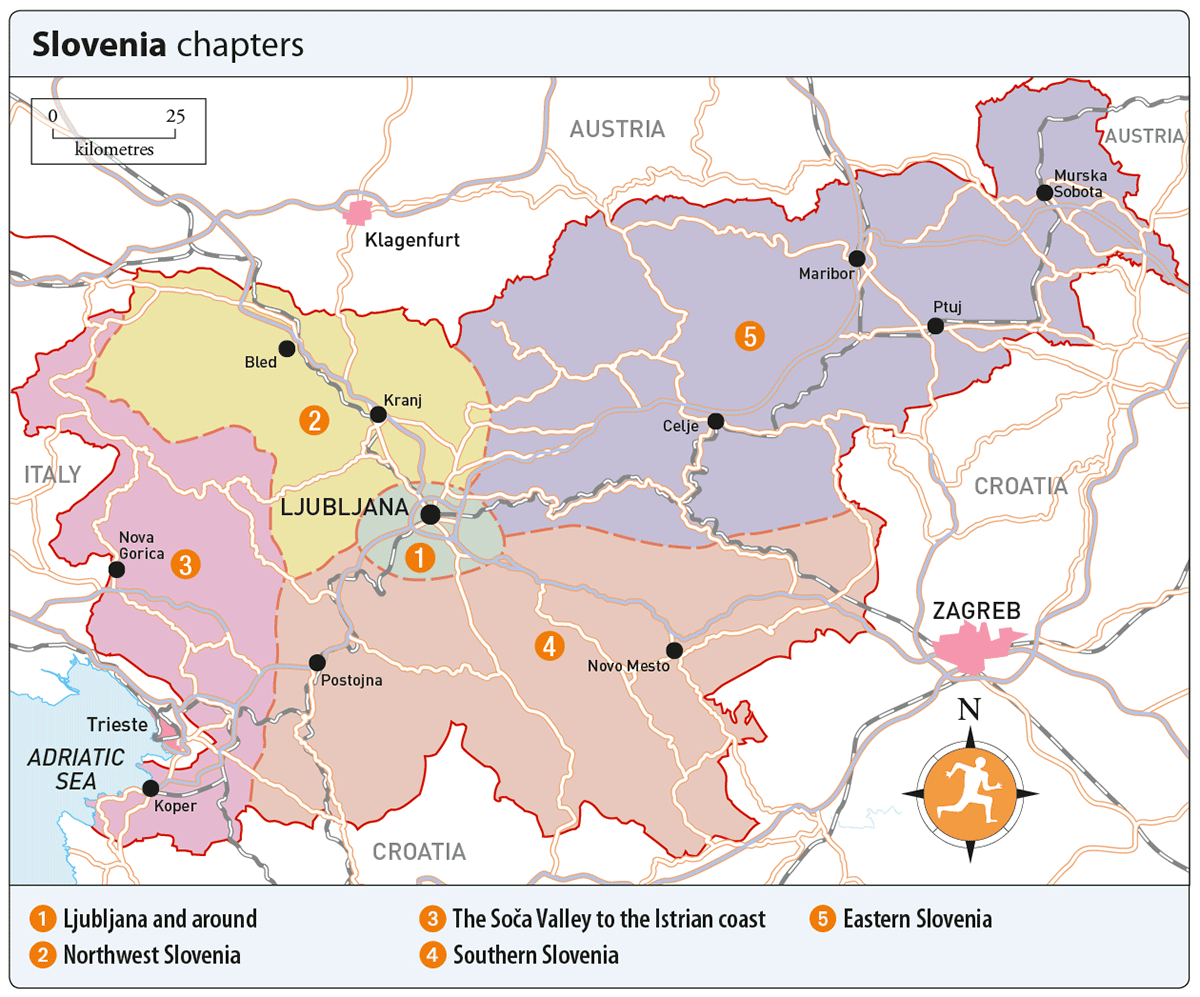HOW TO USE THIS ROUGH GUIDE EBOOK
This Rough Guide is one of a new generation of informative and easy-to-use travel-guide ebooks that guarantees you make the most of your trip. An essential tool for pre-trip planning, it also makes a great travel companion when youre on the road.
From the section.
Detailed area maps feature in the guide chapters and are also listed in the , accessible from the table of contents. Depending on your hardware, you can double-tap on the maps to see larger-scale versions, or select different scales. There are also thumbnails below more detailed maps in these cases, you can opt to zoom left/top or zoom right/bottom or view the full map. The screen-lock function on your device is recommended when viewing enlarged maps. Make sure you have the latest software updates, too.
Throughout the guide, weve flagged up our favourite places a perfectly sited hotel, an atmospheric caf, a special restaurant with the author pick icon  . You can select your own favourites and create a personalized itinerary by bookmarking the sights, venues and activities that are of interest, giving you the quickest possible access to everything youll need for your time away.
. You can select your own favourites and create a personalized itinerary by bookmarking the sights, venues and activities that are of interest, giving you the quickest possible access to everything youll need for your time away.
INTRODUCTION TO SLOVENIA
Slovenia is a tiny country of endless variety, a magical landscape embracing imperious limestone mountains, sparkling lakes and a craggy coastline punctuated with historic coastal resorts. Add to the mix spectacular underground streams and canyons, sweeping vineyards and handsome Baroque towns, throw in a few theatrically sited castles and enchanting wayside villages, and its clear to see why this nation of just two million people packs a mighty punch. But it is Slovenias status as one of Europes greenest and most environmentally sound countries that really sets it apart, something that becomes startlingly obvious the further you explore.
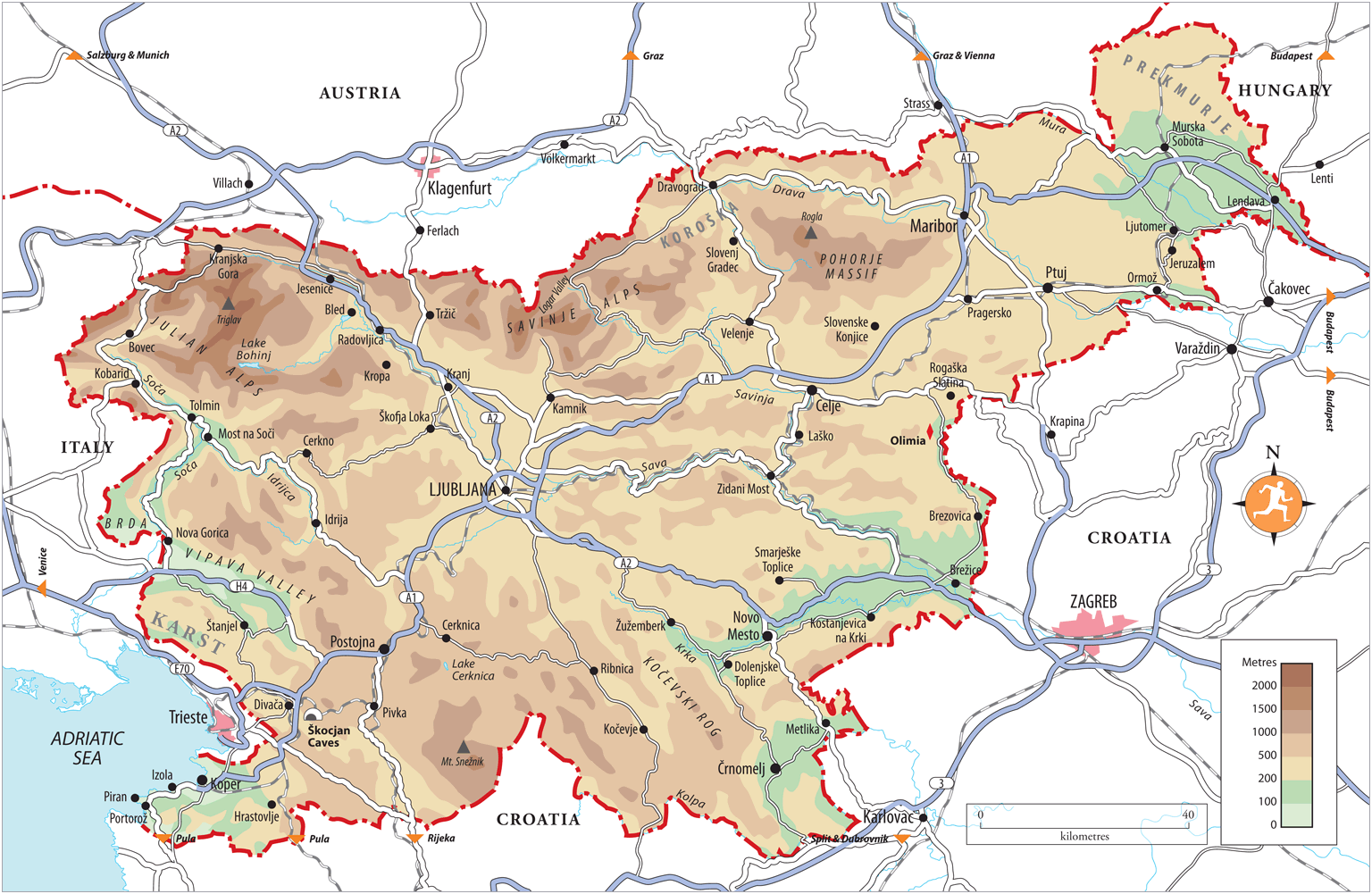
FACT FILE
- With an area of less than 21,000 square kilometres (roughly the size of Wales), and a population of two million, Slovenia is one of Europes smallest nations.
- Forty percent of the country is covered by mountains , with three major mountain groups: the Julian Alps, the Kamnike-Savinja Alps and the Karavanke mountains. The highest peak is Triglav (2864m) in the Julian Alps. Its the third-most forested country in Europe, after Finland and Sweden, while its coastline , at 47km, is among the shortest only Bosnias is shorter.
- On June 25, 1991, Slovenia became an independent republic for the first time. The 1991 constitution set in place a parliamentary system of government, elected every four years, with the prime minister at its head. Elected every five years, the president is head of state. The country became a full member of the EU in 2004 and adopted the euro in 2007.
- Tourism is one of the fastest-growing sectors of the Slovenian economy, with alpine, coastal and spa resorts absorbing the bulk of the tourist traffic.
- Slovenias most important exports are vehicles, electrical appliances and pharmaceutical goods, and its main trading partners are Germany and Italy.
- This is the only country in Europe to feature a mountain Triglav in its coat of arms .
- In 2000, Davo Karniar became the first man to ski down Mount Everest, and also the first man to ski down the highest summit in all seven continents.
Dominated by Germanic and, to a lesser extent, Hungarian and Italian influences from the Middle Ages until the end of World War I, Slovenia spent the best part of the next seventy years locked into a less than harmonious Yugoslav federation . When the federation began to fracture in the late 1980s, Slovenia was the first to secede; save for the so-called Ten-Day War of independence in the summer of 1991, the country emerged more or less unscathed from the bloodbath that engulfed Croatia and Bosnia. While entry into the European Union in 2004 appears to have made little tangible difference to the lives of most Slovenes always the most liberal and progressive of Yugoslavias erstwhile republics, the country settled down to life in the new European order with ease it did help raise Slovenias profile in a big way.
Visitors will immediately be struck by the quality of the tourist facilities on offer, across the board whether youre after a chic city break in a boutique hotel in Ljubljana or a restful stay on a rural tourist farm, an adrenaline-fuelled activity holiday or a slap-up feast of regional delicacies. Indeed, the standard of these facilities, allied to the countrys excellent infrastructure driving and cycling are an absolute joy reflects an atmosphere of friendly order that wouldnt seem out of place in Scandinavia. And, much like Scandinavia, Slovenias green credentials are impeccable, its pristine environment perfectly in keeping with a strong commitment to sustainable tourism. This little country boasts a growing number of brilliantly conceived eco-resorts, while Ljubljana named European Green Capital in 2016 displays impressive forward thinking when it comes to eco issues.
As appealing as many of Slovenias towns and cities are, especially the lovely capital, Ljubljana , the countrys greatest asset is its magnificent natural heritage. As one of Europes greenest nations more than half the country is forested Slovenia offers limitless opportunities for outdoor pursuits : skiing, climbing and trekking in the mountains, whitewater rafting, kayaking and canyoning on the many rivers, cycling through rolling hills and forests, or riding cross-country on a fine Lipizzaner horse, to name but a few. And with distances so small, in a single day you could be hiking in the Alps in the morning, downing a glass of wine in a local cellar over lunch and relaxing by the beach at the end of the day.
SLOVENIAN WINE
Slovenian wine ( vino ) is little known beyond the countrys borders, yet vineyards here cover roughly the same area as the Bordeaux region in France and produce about half the quantity of wine of that territory. In addition, much of what is produced is world class. There are three distinct wine-producing regions, each subdivided into separate districts (fourteen in total). The largest is Podravje in the northeast, where white wines such as Laki Rizling, Sauvignon and ipon predominate; if youve only time to get to just one wine destination, make it the bewitching JeruzalemOrmo wine road.
Posavje , in the southeastern corner of Slovenia, is known for its reds, in particular the rich and velvety Metlika rnina from Bela Krajina and the blended, juice-like Cvicek from Dolenjska. Over to the far west of the country, Primorje has four quite distinct wine districts; by far the most celebrated is Gorika Brda, on the border with Italy, which yields a prolific number of both reds and whites, foremost of which are the excellent Merlot, the straw-yellow Zlata (Golden) Rebula and the dry Tokaj. Further south, the wind-buffeted Vipava Valley boasts many outstanding vintners, while no visit to the neighbouring Karst region is complete without a drop of the full-blooded, ruby-red Teran wine.

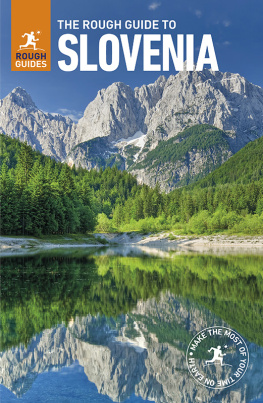
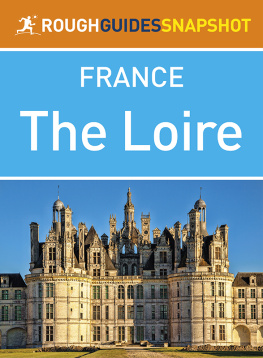

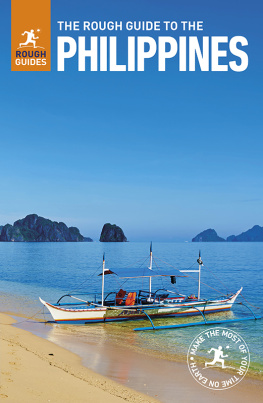
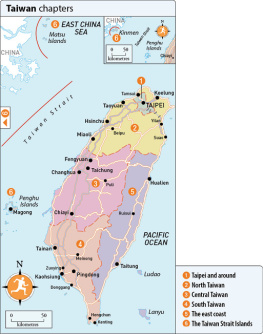
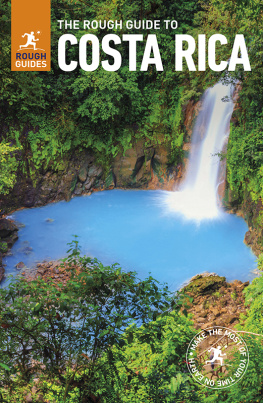

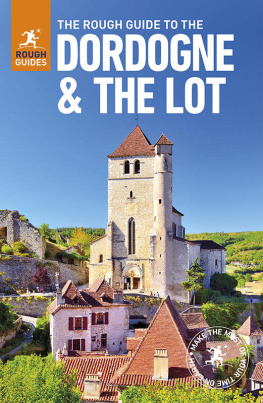

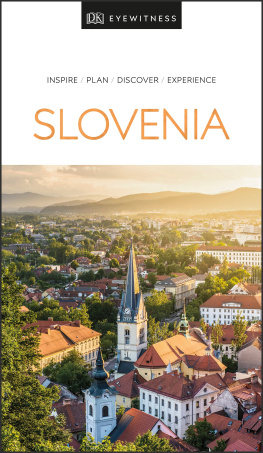
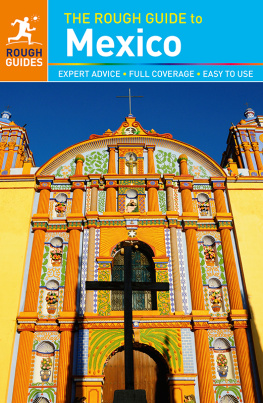
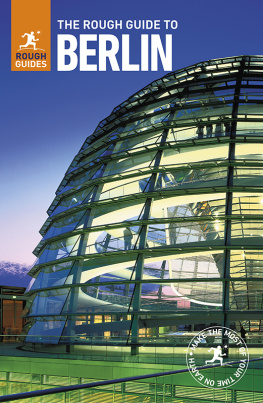


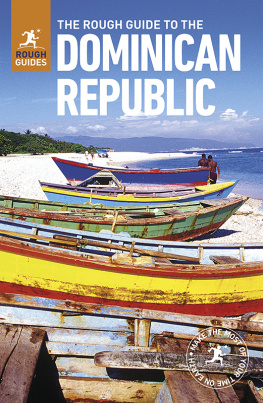
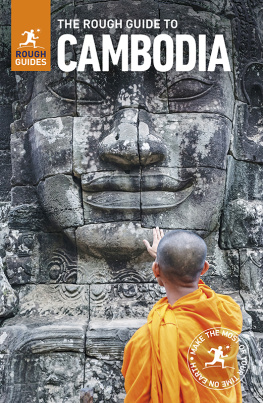
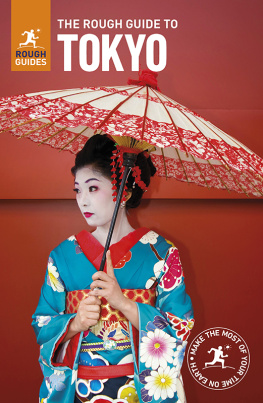


 . You can select your own favourites and create a personalized itinerary by bookmarking the sights, venues and activities that are of interest, giving you the quickest possible access to everything youll need for your time away.
. You can select your own favourites and create a personalized itinerary by bookmarking the sights, venues and activities that are of interest, giving you the quickest possible access to everything youll need for your time away.